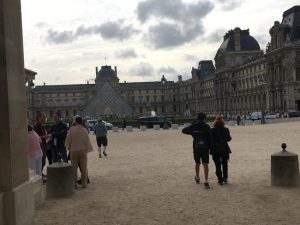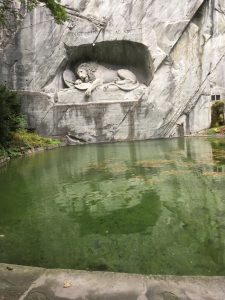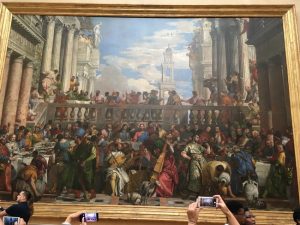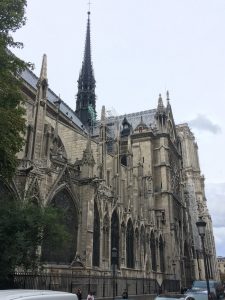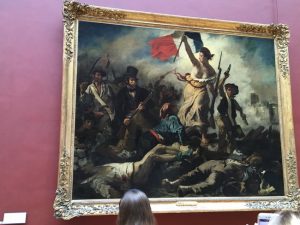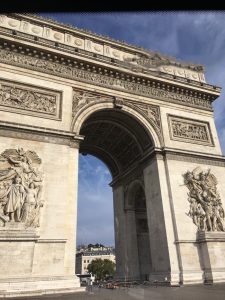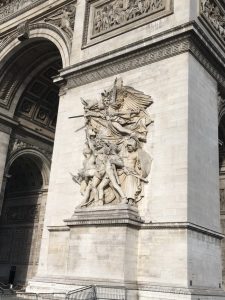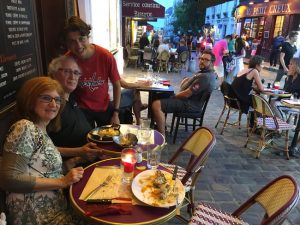Tag Archive
activity architecture art artist building Canada children city CostSaver downtown drive i-95 entertainment Europe event exhibit family festival Florida food fun historic History landmark local Museum music Nature New Zealand Ontario roadtrip sculpture Seattle show sights sightseeing tour tourist Trafalgar travel travelblogger view Washington Washington State water world
Switzerland, Lucerne: Lion Monument in Lucerne
.
Gletschergarten Lowendenkmal is massive heartrending stone relief which was carved to remember the Swiss Guards who were massacred in 1792 during the French Revolution when defending Louis XVI. Swiss Guards were and are famous as brave sentries. Today, they still surround the Pope. When the revolutionaries stormed the Tuileries Palace in Paris, more than 800 were killed during the fighting, after surrender, or died in prison of their wounds. 300 lucky survived because they were with the detachment which King Louis XVI had sent to Normandy to escort grain convoys. Two surviving Swiss officers went on to become senior ranked guards for Napoleon.
In 1880, Mark Twain had this to say about it ” His size is colossal, his attitude is noble. His head is bowed, the broken spear is sticking in his shoulder, his protecting paw rests upon the lilies of France. Vines hang down the cliff and wave in the wind, and a clear stream trickles from above and empties into a pond at the base, and in the smooth surface of the pond the lion is mirrored, among the water-lilies.
Around about are green trees and grass. The place is a sheltered, reposeful woodland nook, remote from noise and stir and confusion and all this is fitting, for lions do die in such places, and not on granite pedestals in public squares fenced with fancy iron railings. The Lion of Lucerne would be impressive anywhere, but nowhere so impressive as where he is.”
France, Paris: Favorite French Patisserie
.
Finding desserts without chocolate in them is often a challenge. Finding this delectable patisserie made up of apricots, caramel crunch, cookie and loads of whipped cream is my dream dessert. I actually ate it for dinner!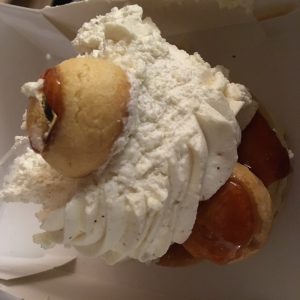
France, Paris: Close up and personal with Tsar Alexandre III
.
The beauty of taking a Bateau Mouche ride on the Seine is the joy of going under so many famous bridges – and learning the history effortlessly as you go. This one is the Pont Alexandre III built between 1896 and 1900, the most ornate one and a Paris historical site. Four gilt-bronze statues of Fames watch over the Beaux-Arts style bridge. The exuberant Art Nouveau lamps, cherubs, nymphs and winged horses celebrate the Franco-Russian alliance enacted in 1892 by Tsar Alexander III. His son Nicholas II laid the foundation stone in October 1896. In the same political spirit, the Trinity Bridge in Saint Petersburg was designed by Gustave Eiffel, and the first stone was laid in August 1897 by French president Félix Faure .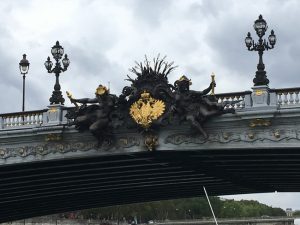
France, Paris: Crowning of Napoleon
.
In the Louvre, one of the largest paintings at 33 ft. x 22 ft. was unsurprisingly commissioned by Napoleon himself of his 1804 coronation. His official court painter Jacques-Louis David, created a Facebook of French politicians, Napoleon’s family and, of course a selfie of the painter himself.
France, Paris: Notre-Dame Cathedral
.
Notre-Dame Cathedral is a architectural masterpiece and you really need to walk around the outside of it to appreciate it all. It was begun in 1160 and completed by 1260. Just think about how long ago that was and here it still stands so magnificently; What are we building today that will last that long? This medieval Catholic cathedral on the Île de la Cité in Paris is still widely considered to be one of the finest examples of French Gothic architecture with its innovative use of the rib vault and flying buttress, the gargoyles and the enormous and colorful rose windows.
France, Paris: Liberty Leading the People in the Louvre
.
Though foreigners flock to see the Mona Lisa, to the French, the most important painting in the Louvre – the unofficial national painting of France is this one, Liberty Leading the People by Delacroix. The bare-breasted female figure, who is called Marianne became a symbol of Liberty for the French Republic. Though Delacroix painted the July Revolution of 1830, the broken bodies beneath the flag depict the 40 years of civil war, political and social upheavals necessary to conquer the monarchy in order to win a representative government. The huge 8′ by 10′ scale adds to the dramatic patriotism.
France, Paris: Arc de Triomphe
.
Yup, the symbol of France is still there and still majestic. The Arc de Triomphe de l’Étoile is situated at the center of Place Charles de Gaulle at the western end of the Champs-Élysées. Etoile means star and that refers to the twelve avenues which radiate from the arch.
The Arc de Triomphe honours those who fought and died for France in wars so it became the rallying point of French troops who paraded through it after successful military campaigns and for the annual Bastille Day Military Parade. After the interment of the Unknown Soldier from WWI, however, parades have avoided marching through the actual arch and go around its side, out of respect for the tomb and its symbolism. Both Hitler in 1940 and de Gaulle in 1944 observed this custom. After WWI, in an event captured on newsreels, Charles Godefroy flew his Nieuport biplane under the arch’s primary vault.
The bas relief shown in pic 2 represents Liberty under the figure of a winged woman pushing against the enemy invasion.
France, Paris: Louvre Palace
.
You might not have known that the world’s largest art museum, the Louvre was a palace. Before that it was originally built in the late 12th to 13th century as the Louvre castle under Philip II. Francis I chose it as the residence for French kings where it remained until good old King Louis XIV decided to move to Versailles and this building was then used to store his pretty things.